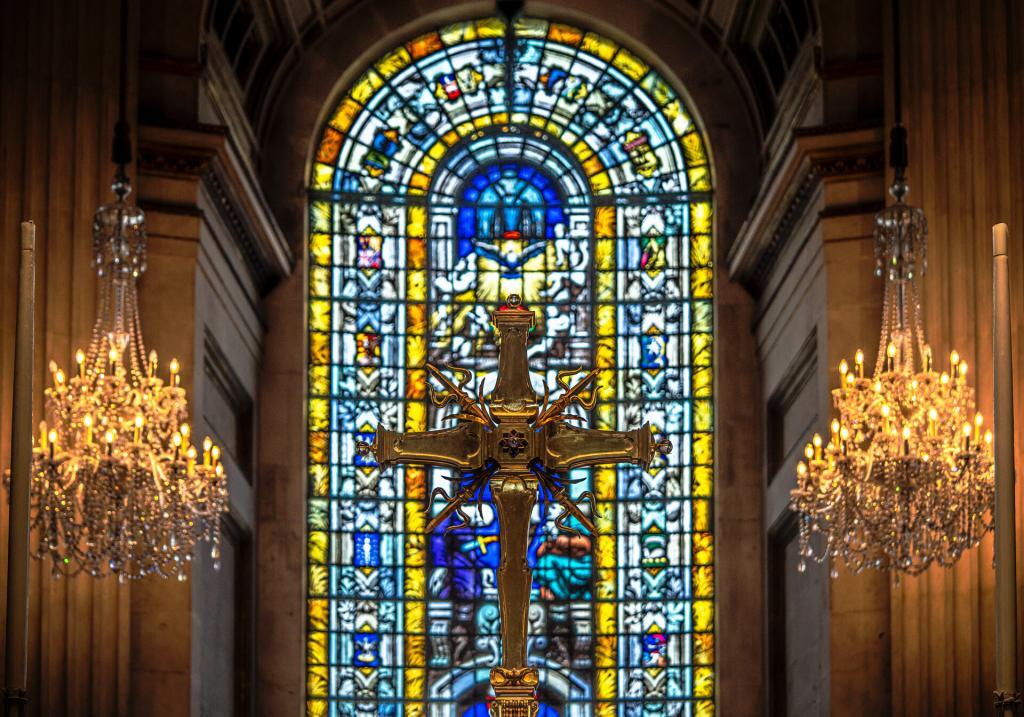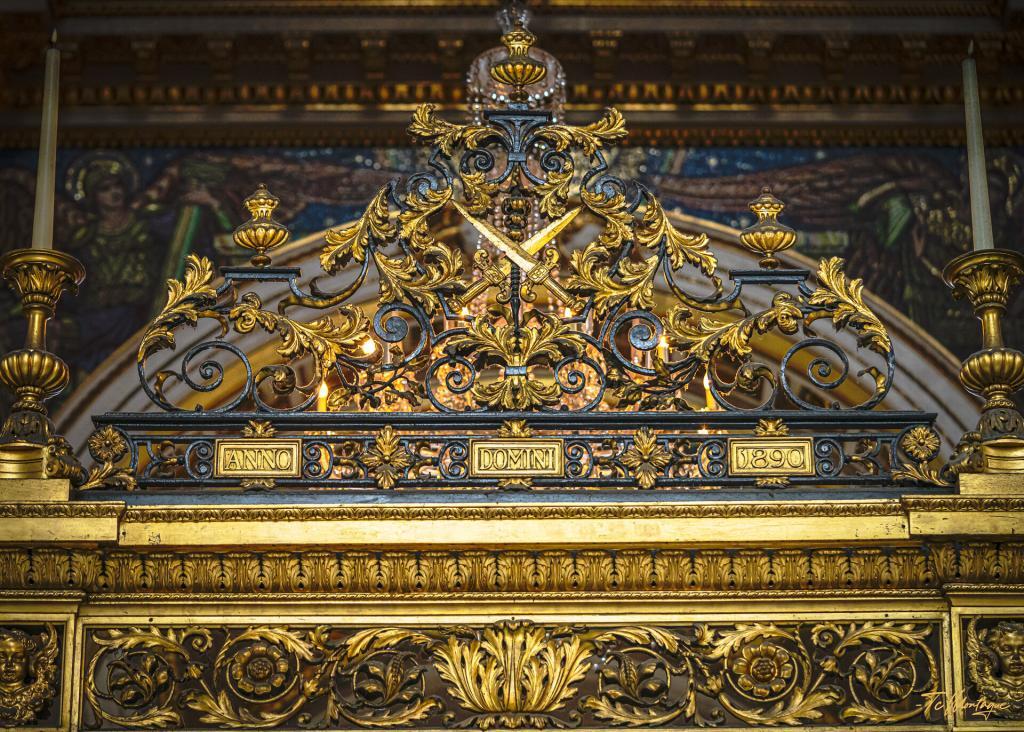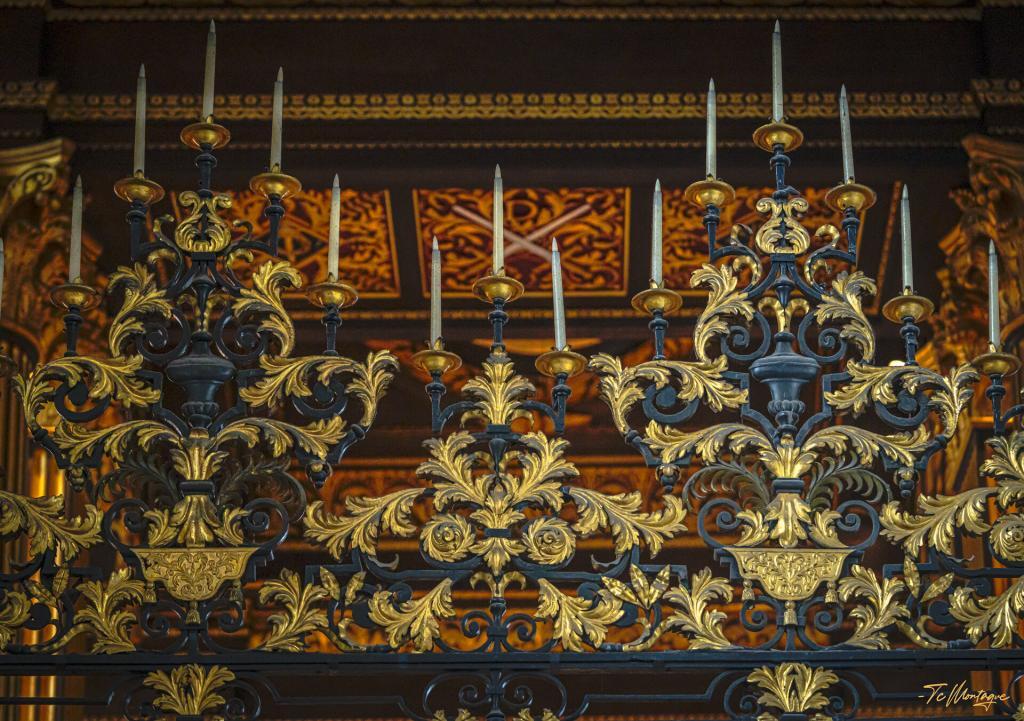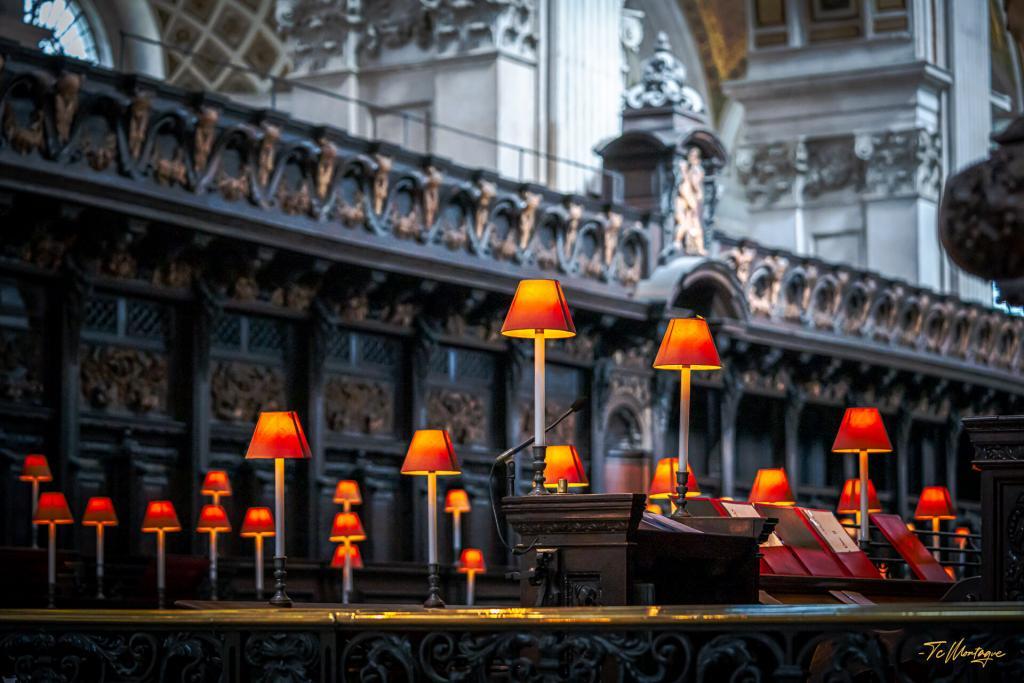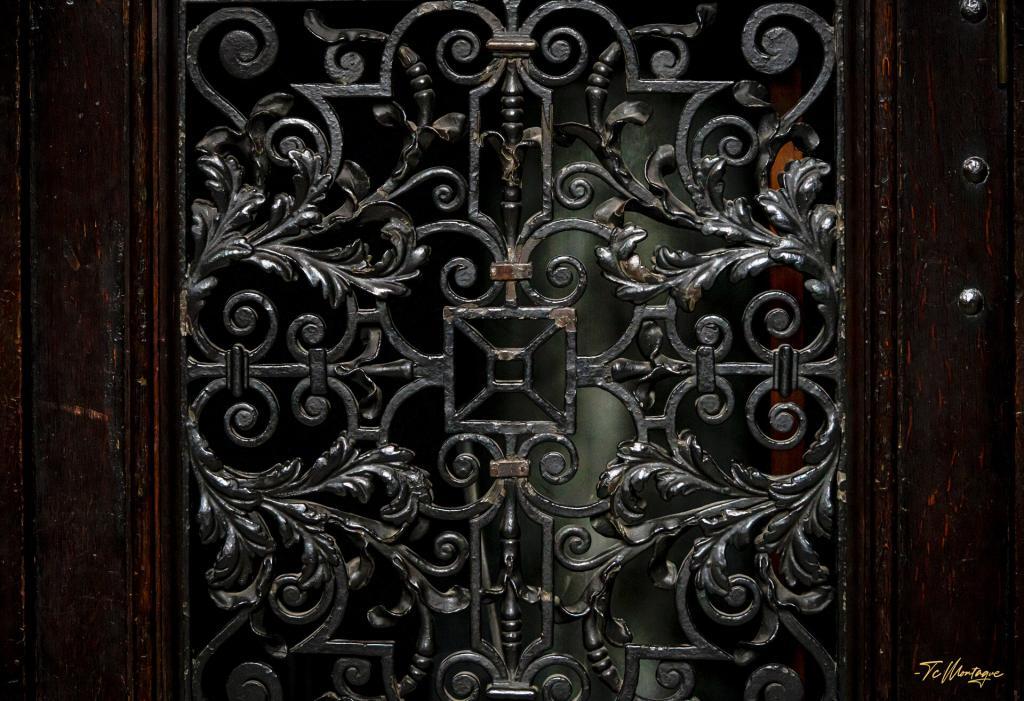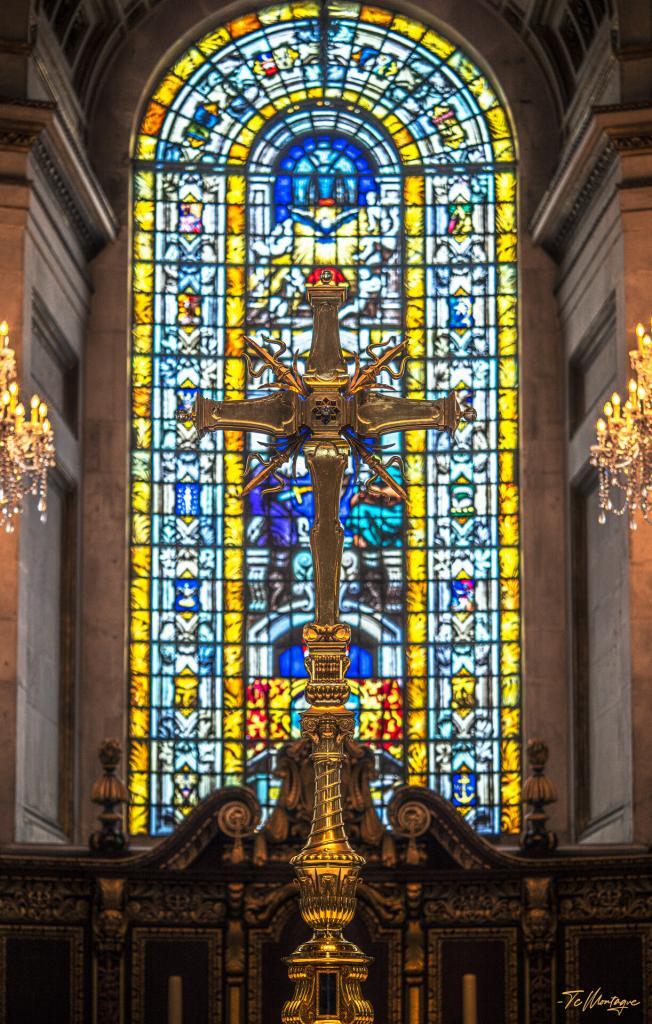St. Paul’s Cathedral in London stands as an architectural masterpiece and a testament to the remarkable skill and creativity of the artists, artisans, and builders who brought it to life. Its importance in the context of history cannot be overstated, as it represents the embodiment of human ingenuity and the enduring power of artistic expression.
The vision for St. Paul’s Cathedral was brought to life by the brilliant mind of Sir Christopher Wren, one of Britain’s most celebrated architects. Wren’s design drew inspiration from classical and Renaissance influences, resulting in a structure that seamlessly blends grandeur and elegance. The cathedral’s iconic dome, rising majestically above the city skyline, stands as a testament to Wren’s mastery of engineering and his ability to harmonize form and function.
The construction of St. Paul’s Cathedral was a monumental undertaking that required the collaboration of countless artisans and builders. Skilled stonemasons, carpenters, and craftsmen meticulously crafted the intricate details that adorn the cathedral’s interior and exterior. From the elaborate sculptures and intricate carvings to the stunning stained glass windows, every aspect of the cathedral reflects the dedication and artistry of these unsung heroes.
The artistic contributions to St. Paul’s Cathedral extend beyond its architectural grandeur. Inside the cathedral, visitors are greeted by breathtaking works of art, including intricate mosaics, vibrant frescoes, and beautifully crafted sculptures. Artists from various periods have left their mark, adding layers of beauty and symbolism to the cathedral’s interior. Notably, the American artist James Thornhill adorned the dome’s interior with the stunning “Dome of St. Paul’s” painting, a captivating visual narrative that celebrates the triumph of faith and human achievement.













